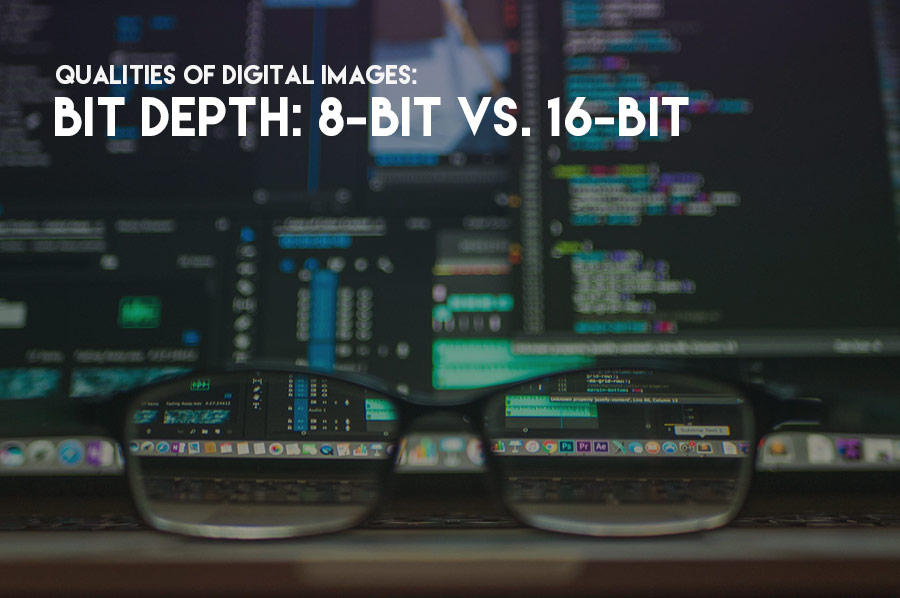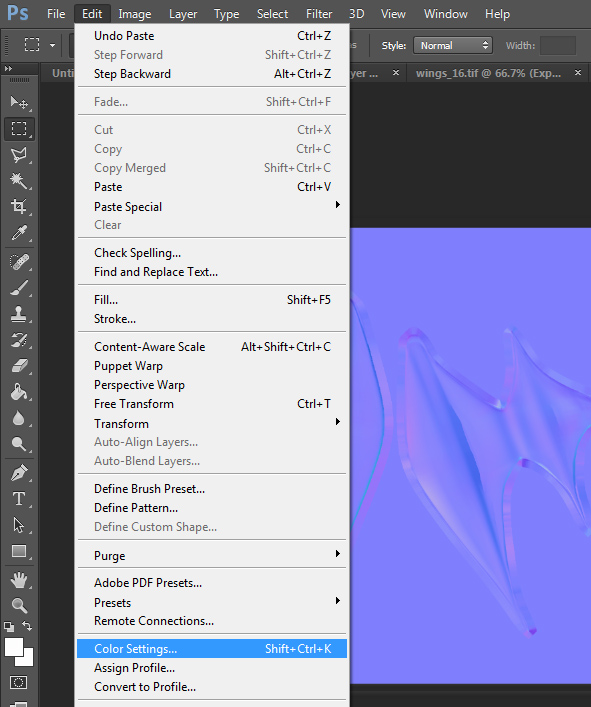

TouchGFX has built-in support for the following color depths: This color depth applies to black and white applications, and implies that only 2 1 = 2 different colors can be represented. As each bit can be either on or off, this implies that 2 24 = 16777216 different colors can be represented.Īnother, a little less used, color depth is 1 bpp. The more bits we use, the more colors we can describe.Ī much used color depth is 24 bpp. We denote this number the bits per pixel, or in short bpp. Color depth #Ĭolor depth is the number of bits used to describe each color as stored in the framebuffer. This mixing of colors is known as alpha blending. When a color is not completely opaque it needs to be mixed together with the color already present. 0 means that the component is off, and 255 means that the component is at its maximum.Ī completely black color is represented by the RGB color (0,0,0) and a completely white is (255,255,255). Each component of the color ranges from 0 to 255. Convert red color (255,0,0) to hex color code: R 255 10 FF 16. Concatenate the 3 hex values of the red, green and blue togather: RRGGBB. Color #Ī color in TouchGFX is a triplet of red, green and blue components, known as an RGB color. Convert the red, green and blue color values from decimal to hex. This section will explain colors in TouchGFX in more detail and describe the color formats available in TouchGFX and highlight pros and cons. From the visual appearance of what is seen on the display to the memory consumption imposed by the framebuffer and the overall performance. The number of possible pixel colors of an application has an impact on many parts of an application. This applies also to TouchGFX and TouchGFX applications. Traditionally in graphics systems, there is a limited amount of possible colors that can be represented, used and displayed. These colors come from values stored in a framebuffer. Tutorial 5: Creating Custom Triggers and ActionsĬolors are what is seen on the pixels of the display.Tutorial 4: Creating a Scroll Wheel with Custom Behavior.Tutorial 3: Applications with Multiple Screens.Tutorial 2: Creating Your Own Application.Changing the Pixel Format of an Application.

16 bit color converter serial#
Using Serial Flash for images and fonts.Using Non-Memory Mapped Flash for Storing Images.Lowering Memory Usage with Partial Framebuffer.Using the L8 Image Format to Reduce Memory Consumption.Achieving Better Performance with CacheableContainer.


 0 kommentar(er)
0 kommentar(er)
